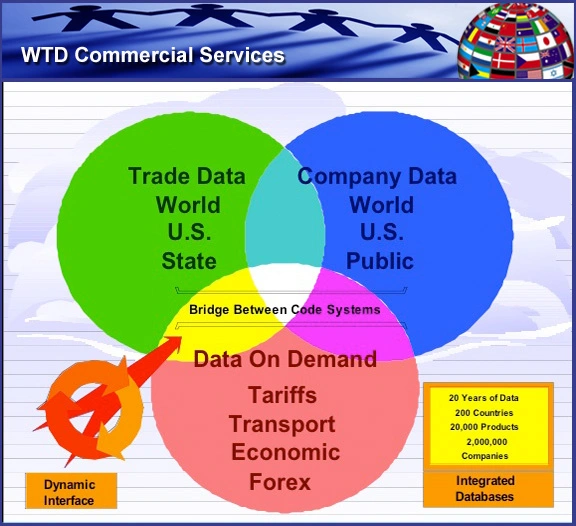World Soybean Production
Soybeans, harmonized system code (HS: 1201) and Standard Industrial Classification (S.I.C.) 0116, include all soybeans whole or broken. The United States is the world’s leading soybean producer, growing 38% of all the world’s soybeans. Brazil is the world’s second largest producer of soybeans at 27%. China produces 7% of the world’s soybeans.
World’s Top Soybean Importers
China is by far the world’s top soybean importer, buying over 33 billion dollars worth of soybeans in 2009. They constitute 54% of the world’s total import market. It is useful to note that China is dependent on soybeans and does not produce a large quantity. The second largest importer, Japan, imports 30 billion dollars less than China and had about 3 billion dollars of imported soybeans in 2009.
World’s Top Soybean Exporters
The United States is not only the world’s top soybean producer but also the top exporter dominating 49% of the market. The United States’ export market of soybeans produced more than 30 billion dollars in 2009. The world’s second largest exporter of soybeans is the second in production, Brazil. Brazil’s soybean exports made up 42% of the market value in 2009. The United States and Brazil together constitute more than 91% of the world’s exported soybeans.
United States Soybean Exports to China
United States, the world’s top exporter of soybeans, sells most of its soybeans to the world’s largest buyer, China. China bought 59% of all United States exported soybeans in 2010. The second largest buyer of United States soybeans was Mexico who bought 8% and Japan who bought 6%. China, contrary to many predictions, continues to import more and more foreign soybeans. In 2006 the United States sold China approximately 2.5 billion dollars of soybeans. 2010 found China buying almost 11 billion dollars of United States soybeans.
Further Research and Application
As soybeans have increased in value and amount imported, it is important to note what has occurred in the Chinese soybean market over the last 5 years. Newsworthy trends and cultural signs that resulted in such growth in China’s demand for soybeans can be applied to similar markets. Linking cultural signs and trends to new locations labels and targets the most promising markets. This linking is a one of the most sound investment strategies. Imagine if one had predicted the Chinese soybean market increase from 2006 to present day. It would have produced a major investment opportunity.
- ©WorldTradeDaily.com® All rights reserved. Robert Thompson, Editor-in-Chief. Louisa Avery, Editor. Isaac Thompson, Research Writer.
- Check out our commercially available technologies, products and services. Contact: Robert@WorldTradeDaily.com
- For discounted subscriptions to PIERS Prospects and Stats Plus contact: Aliet Martinez: amartinez@piers.com and mention “World Trade Daily”.


 05/08/2012
05/08/2012 




























































































































































































































































































































































No comments yet... Be the first to leave a reply!